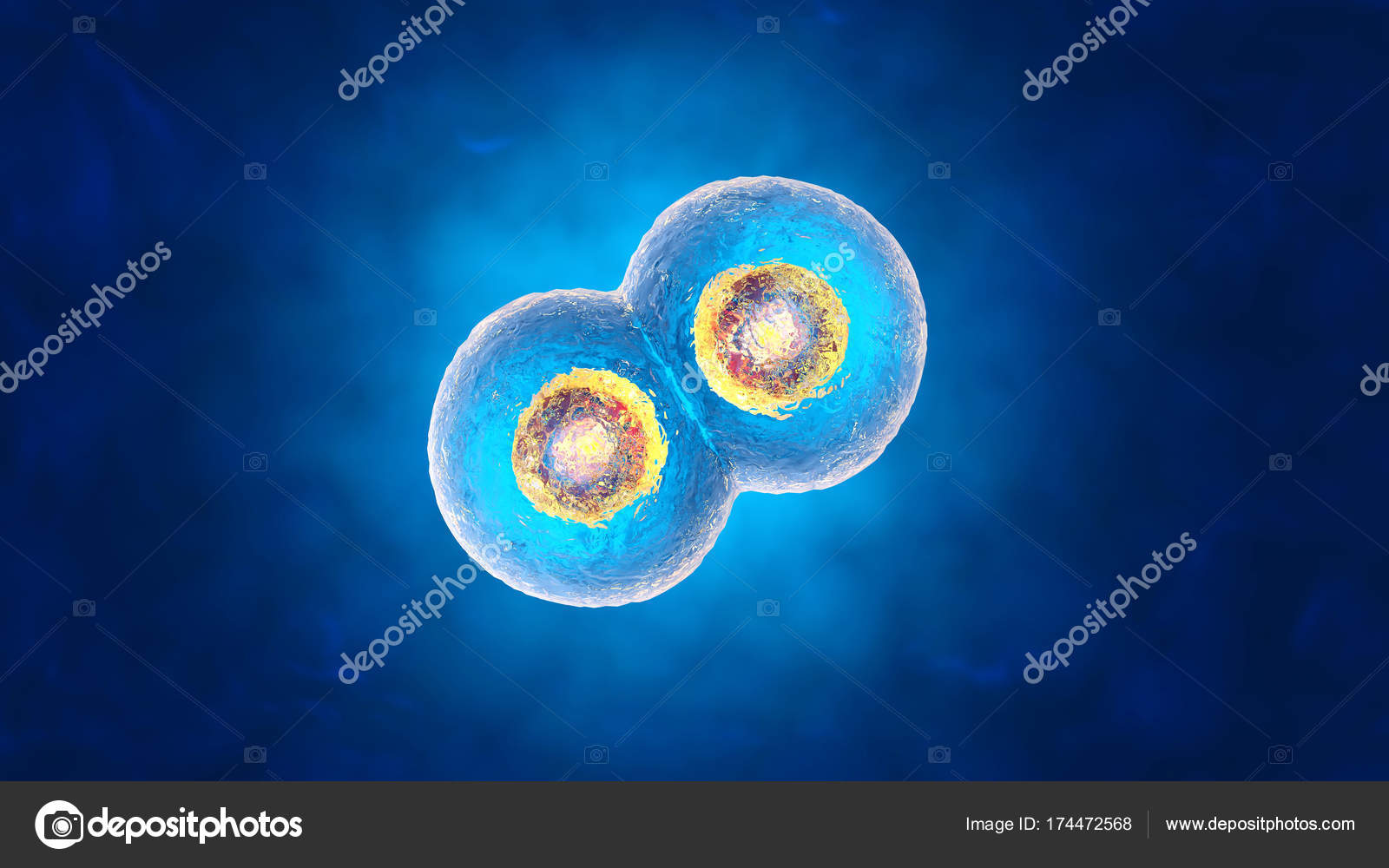How do Cells Multiply?
How Organisms Grow
50 to 70 billion human cell die each day, the body must replace the cells. A good example is human skin cells, each day millions are shed. The life of a cell is called a cell cycle and it is dived in three stages. The first stage is Interphase and its job is to carry out the cells normal functions. Interphase is the longest cell cycle stage, its when the cell performs and carries out various functions. In late Interphase the DNA copies itself and this process is known as replication. The process of replication involves several steps, the DNA molecule first unwinds the separates with a help of an enzyme. Next new bases pair with the bases of the original DNA and at the end two new identical DNA molecules are produced. The cell continues to grow and make protein at the end of Interphase in preparation for Mitosis and Cytokineses.

Mitosis
The second stage in the cell cycle is known as Mitoses and is the shortest stage of all of them. Mitoses is where the nuclear contents divide, and two daughter nuclei are formed. It is broken down into four stages prophase, metaphase, anaphase, and telophase also known as ( PMAT ) for short. Early prophase the nucleolus disappears and the spindle fibers, and in late prophase the spindle fibers attach to centromeres of chromosomes. Metaphase the chromosomes align on the eqauter of the cell. Anaphase the spindle fibers pull sister chromatinds to opposite poles of the cell. Lastly telophase is the final stage of Mitosis and its when the spindle fibers disappear and the nuclear membrane forms around each separated set of chromosomes.
Cytokineses
The last stage of the cell cycle is known as Cytokineses and it is the separation of the nuclei into two daughter cells. The cell also needs three things to go through the cell cycle. There must be enough nutrients to support cell growth, the DNA must be able to replicate, and the DNA must not be damaged. Mutations in genes can result in out of control cell cycle leading to cancer. Cancer cells have large, abnormal nuclei and are not specialized. The cancer cells attract blood vessels and grow into tumors and those cells from the tumors can break away to other areas of the body.
Meiosis
Meiosis is used when there is exactly half as many chromosomes as the starting cell because of the homologous pair being separated. Its purpose is for one parent cell to split to create two daughter cells. The process of meiosis starts with the homologous chromosomes pairing up and the non-sister chromatids exchange genetic material, the process is known as crossing over. Meiosis 1 produces 4 haploid daughter cells whereas Meiosis 2 produces 2 diploid daughter cells. In meiosis 1 the homologous chromosomes separate and in meiosis 2 the sister chromatids separate.
Sexual Reproduction
Sexual reproduction occurs when gametes ( sperm and egg cells ) meet in the same place at the same time and it is known as mating. Mating allows fertilization to take place, which is the joining of a haploid sperm cell with a haploid egg cell to form a diploid zygote. There are two types of fertilization, external and internal. External fertilization occurs when the sperm and egg cell join outside of the bodies of the parents, it is common with animals that live under water like fish. Internal fertilization happens when the sperm and egg cell join inside body of the female parent, it is common with birds, mammals, flowering and cone-forming plants. Embryonic development takes place during the first eight weeks after fertilization. during it embryo develops and its cells constantly divide.
Asexual Reproduction
Asexual Reproduction occurs when offspring arise from a single organism. There are different types of asexual reproduction, binary fission is when a single cell organisms splitting into identical copies. Budding is when areas organisms undergo mitosis to form an identical organism. Buds sometimes detach to form a separate organism. Fragmentation is when the organism breaks off due to injury, vegetative reproduction are special cells in plants that develop into structures that form new plants identical to the parent. Spore formation is when some bacteria, micro-organism, fungi can form spores.
Advantages and Disadvantages
Advantages
- Large numbers of offspring are reproduced very quickly
- Large colonies can form that can out-compete other organisms for nutrients and water
- Large numbers of organism creates higher success rate of species surviving
- Energy is not required to find a mate
Disadvantages
- Disease can destroy large numbers of offspring
- Some methods of asexual reproduction produce offspring that are close together leading to compete for food and space
- Extreme temperatures can wipe out entire colonies
Cite used
https://en.wikipedia.org/